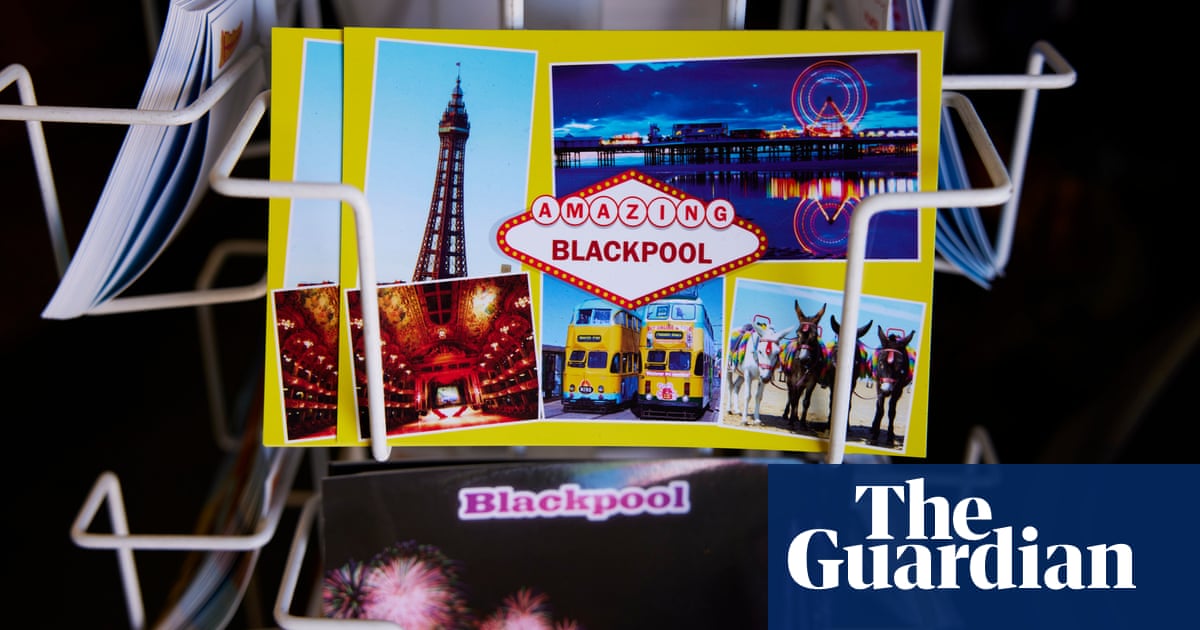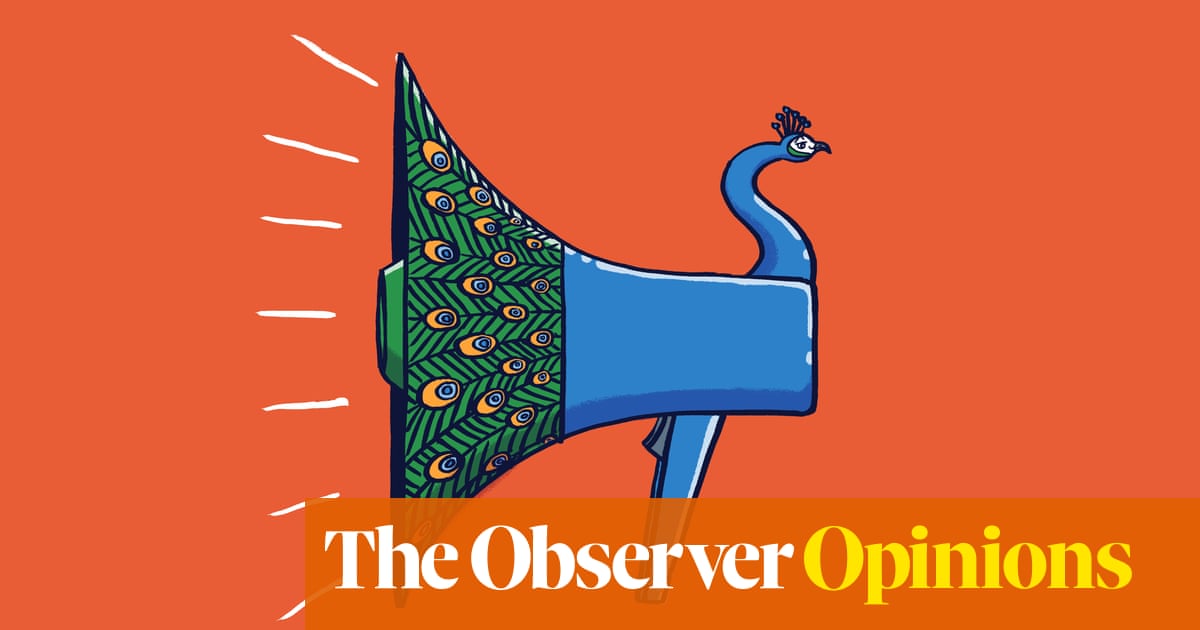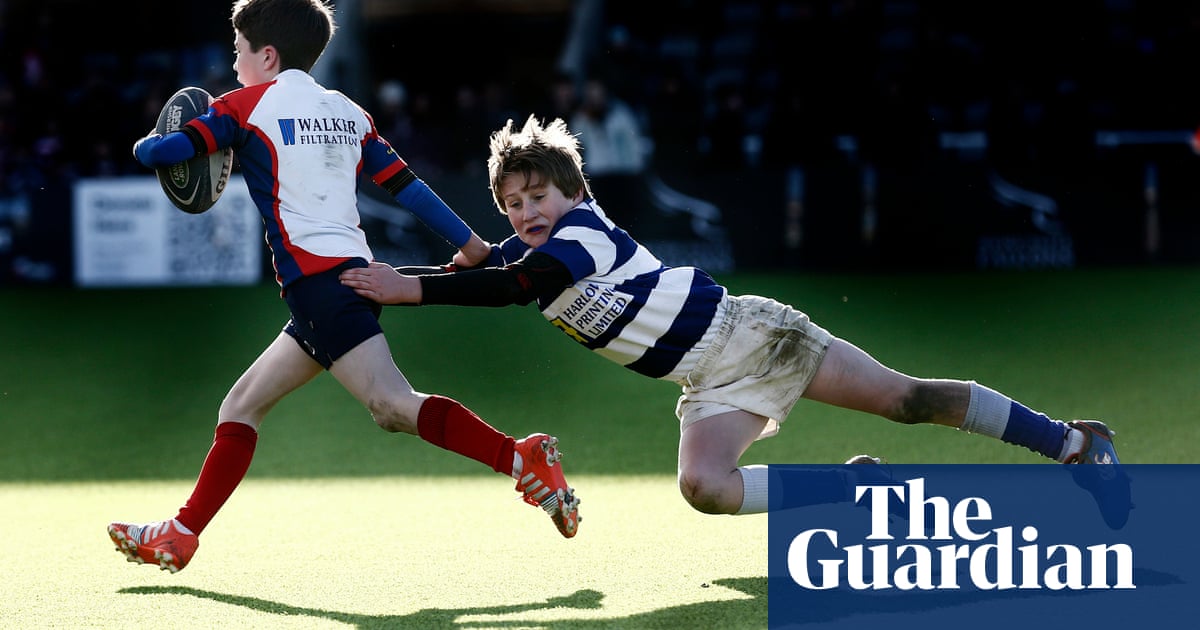
arning: when tween readers get their hands on the final book in the Murder Most Unladylike series, published next week, they may well burst into tears on the very first page. Fans have been devouring the adventures of 1930s schoolgirl detectives Daisy Wells and Hazel Wong since 2014, but have been tipped off that in the ninth book, Death Sets Sail – a romp through Egypt inspired by Agatha Christie’s Death on the Nile – only one of the girls makes it home alive. “I’m getting 20 emails a week reasoning with me, saying ‘Please don’t kill one of them! Please!’” laughs Robin Stevens over the phone from Oxford.
For this last book, though, she “wanted to go big. I have kids who started reading when they were 10, they’re now 16, so for the final one I wanted something that you’re desperate to know about – something exciting and terrifying.” Daisy and Hazel were 13 when we first met them at Deepdean boarding school, setting up their own detective society and discovering a dead body in the gymnasium. Aristocratic, golden-haired Daisy declares herself Holmes to Hazel’s Watson; at first, Daisy calls the shots and Hazel, whose family lives in Hong Kong, writes up the cases. As she says, “I am much too short to be the heroine of this story, and who ever heard of a Chinese Sherlock Holmes?”
But as the books progress, Hazel finds her voice and her confidence; the murders they investigate get closer to home; and in Death Sets Sail, the girls are turning 16. “I knew I wanted to age up Daisy and Hazel, thinking the series could go for as long as they let me write,” says Stevens. “But when you write about teens, you’re writing about change – how you see yourself, the world, who you are ... At book eight I thought, these are actually young women. People are looking at them, not through them, so it’s harder for them to do their shtick of hiding under tables. How could an eight-year-old who’s never read these books before connect with people this old? So it felt like this was the right time to end it.” She’ll be passing the investigative baton on to a younger generation, led by Hazel’s little sister May, in a new series called The Ministry of Unladylike Activity set during the second world war. The first book, in which May and friends disguise themselves as evacuees to investigate Nazi sympathisers in a British country house, will be out in 2022, with cameo appearances from current characters. “Who knows where next? I’d love to write something at Bletchley Park.”
Stevens has always loved puzzles and codebreaking; she remembers reading a Famous Five book as a child, poring over a treasure map and thinking: “‘I want something harder than this, I want my brain to be really working.” That’s why I took to Sherlock Holmes and Agatha Christie – for tough problems, the buzz of being right. I had to read adult novels because there weren’t any murder mysteries for kids.” She wondered then why there were no crime novels set in boarding schools – bringing the two together “just seemed so obvious that I couldn’t believe no one else had done it. That’s the mark of a good idea.” The genius of Murder Most Unladylike has been to combine the cosy crime of golden age detective storytelling with the escapism and intense friendship of a traditional boarding school adventure, yet all seen through an outsider’s eye that prevents the nostalgia from cloying.
“Cosy crime is all about control,” says Stevens. “There is one problem, it is a human-sized problem, it is fixable and it will be fixed. I have always gone to it in times of stress as a refreshing change from the world at large.” But from the very first book, where Hazel is addressed as “foreign girl” and shut in a trunk, Stevens has made sure not to overlook the racism of the period. She also deftly foregrounds some very contemporary debates; Death Sets Sail discusses the ethics of displaying mummies, while in Death in the Spotlight, a character with Indian heritage looks at the pomp and statuary of Trafalgar Square and says, “This whole place was built on slave labour, you know … I’m not being rude, I’m being truthful. Lots of beautiful things have awful histories.”
Gay characters, often only hinted at in period crime or left out of children’s books entirely, are included with an easy matter-of-factness. In Death Sets Sail, both girls have their first kiss; Hazel with the boy detective she’s been writing to, Daisy, who in book seven had a crush on a female actor, with schoolfriend Amina. “I was really nervous about it,” Stevens admits. “When I was growing up, section 28 was in force and I just thought that you were not allowed to put queer characters in books. It wasn’t until I read Fingersmith by Sarah Waters aged 14 or 15 – my mind was blown! I looked back on my reading as a child and thought, where on earth were all these characters?
“It took me until book seven to feel confident in putting on the page something I had known since book one – that Daisy was a lesbian. I didn’t know how kids and parents were going to react. But at one of the first events I did, one of the kids in line leaned forward and said ‘Thank you so much for Daisy and Martita!’ and fled away. My heart just jumped. And that made me think it was going to be OK. Kids have said they’ve come out to their families because of the book – it really makes me emotional. Positive representation done well changes lives.”
There are a lot of coming-of-age life lessons in Death Sets Sail – about how teens separate from their parents and find their tribe; about how to overcome shyness, and understand that nearly everyone else is putting on a front too. The relationship between diffident Hazel and “perfect English miss” Daisy is also deepened and complicated. “In some respects Daisy’s fantastic – she’s confident, brave, intelligent. But she doesn’t acknowledge her privilege, and that privilege hurts people. I was born in America; I have come up against a lot of Daisys who are very careful about who they let in, who gets to be British, what it means to be at the centre of society. It is something I want to problematise because she’s been the heroine for too long, and I think she needs to move aside as an archetype.”
For Stevens, “this book is all about growing up, and saying goodbye to a phase of my life. When I started writing Murder Most Unladylike, I was just out of university; Daisy and Hazel were a comfort blanket. I can step away from this refuge and let them grow up and be adults – oh, and I’m an adult now! I’m 32 and married, we’ve all grown up.”
Stevens’s American mother was a headteacher, and her British father a law academic; after he became master of Pembroke College, she spent most of her childhood in an Oxford college. “His Dark Materials started when I was seven. Lyra was me! A little girl running around an adult environment, sneaking around, listening to adults and being a spy. I had a childhood that was basically like a storybook.”
And having read all the Malory Towers stories, she was keen to board at Cheltenham Ladies’ College, the inspiration for Deepdean: “I thought it would be like Enid Blyton and I was ready for my midnight feast sitting next to the pool.” But as a British American, “you always had the subtle understanding that you were an outsider. I gravitated to the other girls who were having a similar experience, and didn’t fit that Daisy mould. There were a lot of girls from Hong Kong – that’s where Hazel comes from. It’s not uncomplicated but I do have really fun memories. You create a family from the people who are there and that environment becomes your whole world.”
In the holidays, she was writing furiously. “My mother despaired of me – my whole teenage life was me sitting in my bedroom watching TV shows and posting fan fiction about them online.” She won’t say which shows, in case the stories are still floating around, but the feedback was invaluable. “It’s one of the best ways to apprentice – you get a world readymade and you have to practise how to expand it. I don’t think I would be published now if I hadn’t spent years writing mostly very bad fan fiction and improving all the time.”
Stevens went on to study English at Warwick and then did an MA in crime fiction at King’s College London and, after endless publishing internships, landed a graduate trainee job. She was writing at the same time, and the first Murder Most Unladylike manuscript was submitted to her then boss (“She called me into her office and said: ‘We can’t publish this, you work for us, it’s too weird’”). As the series took off, she reluctantly quit to concentrate on writing full time. “I love publishing,” Stevens stresses. “It’s the hardest industry to get into, it pays terribly, it’s not set up to allow in the diverse voices that need to be there to publish the books that need to be published. But when you’re in and working with stories it’s so exciting.”
The recent report into diversity in publishing makes for “enraging reading”. “In 2019 5% of kids’ books creators were people of colour and only 2% were British writers of colour, and they only wrote 1.6% of titles. That’s not enough! Every author should be writing as diverse a range of characters as the world they see around them. But the only way to solve this is to genuinely diversify who is able to tell stories and who is letting them tell stories.
“The industry says it has to diversify its hires, and the lower levels are diverse, but people at the top are all one unified voice. There are still ideas of what an author of colour should be writing about – they write about pain, or they write about knife crime. Malorie Blackman saying that her fantasy book about black kids doing magic was rejected broke my heart because how great would that be? And how commercial would that be? There’s still this idea of which people read books, and it’s not true.”
In 2017 her husband David Stevens co-founded children’s publisher Knights Of with the aim of expanding horizons. “There are people of colour at the highest levels, and the books they are choosing to publish are much more diverse than most publishers manage.” (Some people “can’t quite get their heads around” the fact that he took her surname – “I had somebody say, ‘It’s just incredible that your husband had the same last name as you before you got married!’”)
“Kids need mirrors and windows – to see people like them being heroic or being flawed, and at the same time to see people who are not like them, to help them to understand that their story is just one of millions and billions of stories. We all feel like the hero of our story, but we need to remember that everyone else feels like that as well. More diverse stories – that’s how you remake society. What we choose to tell matters to people so much. It’s an honour to be writing stories, it needs to be taken seriously.”
Stevens is particularly passionate about the centrality of children’s literature. “We assume that writing for adults is the pinnacle of achievement, but what book changed your life? What stories made you think about the world? I couldn’t tell you much about what was in most books I read last month but I can tell you every character in Howl’s Moving Castle. Eva Ibbotson’s morality has become mine, Diana Wynne Jones has influenced how I write, the way Terry Pratchett talks about society helped me think about all those things.”
She’s passionate, too, about the opportunities for connection that today’s children’s authors have with their audience. “Emails have rocketed up in lockdown. Kids are rereading my books and also having a lot more time to write. Not much is good about this, but it’s a bonus that suddenly kids are able to be bored. That is where ideas come from.” Adults, as she points out, often underestimate children, even when they’re not investigating murders. “I’m lucky because I have had such a window on the lives of so many kids. They are all detectives – all processing at a frantic pace and trying to work out the world.”












